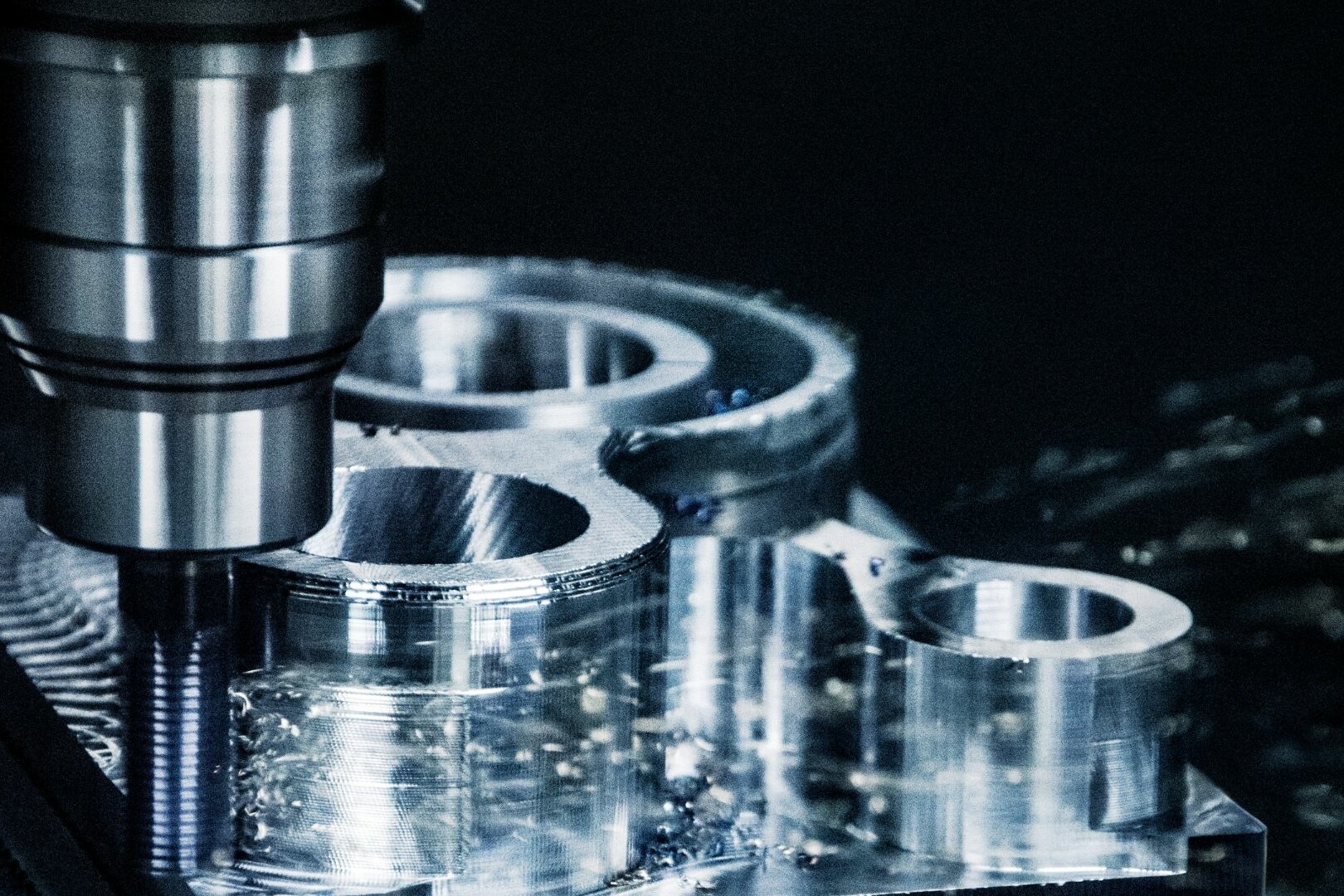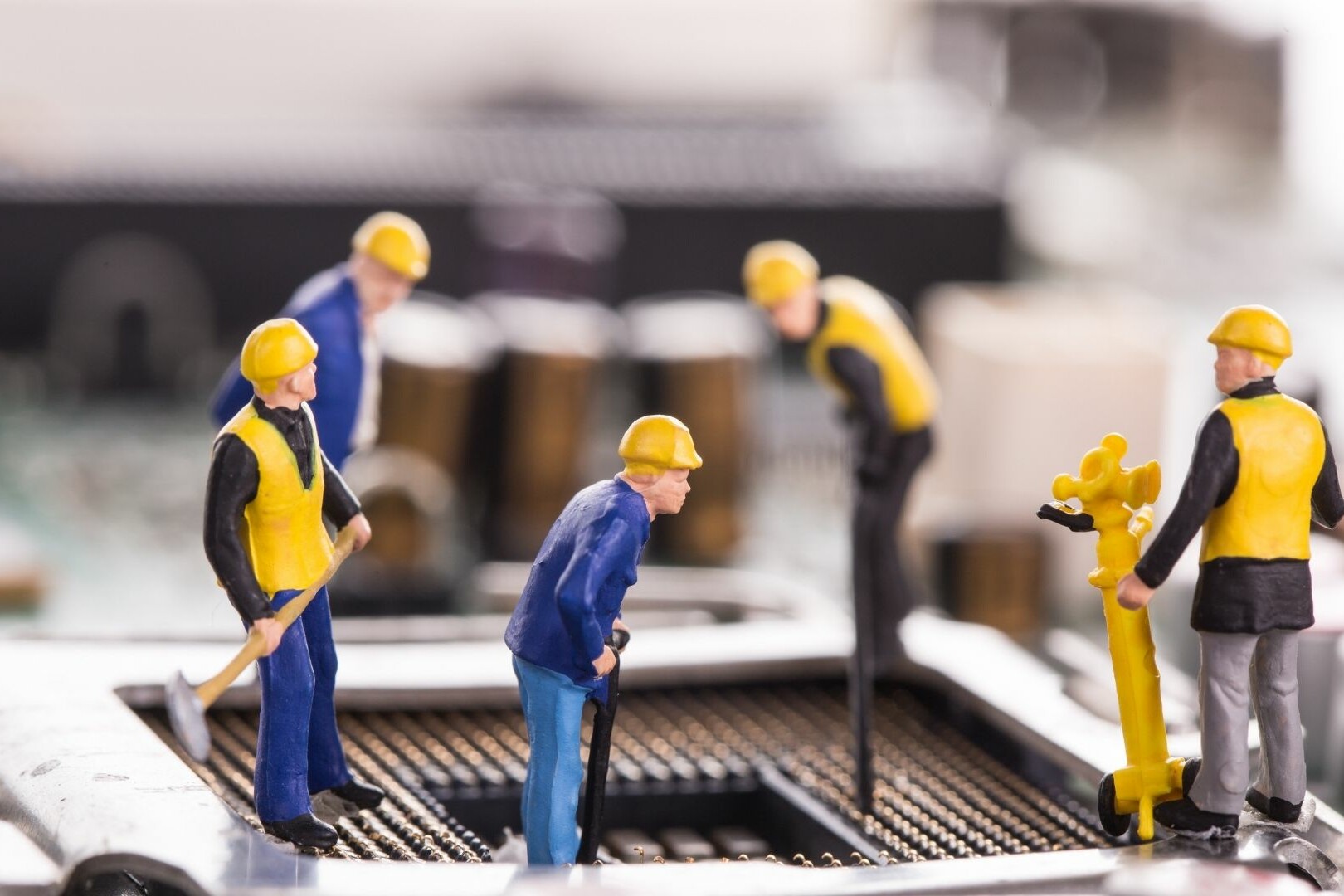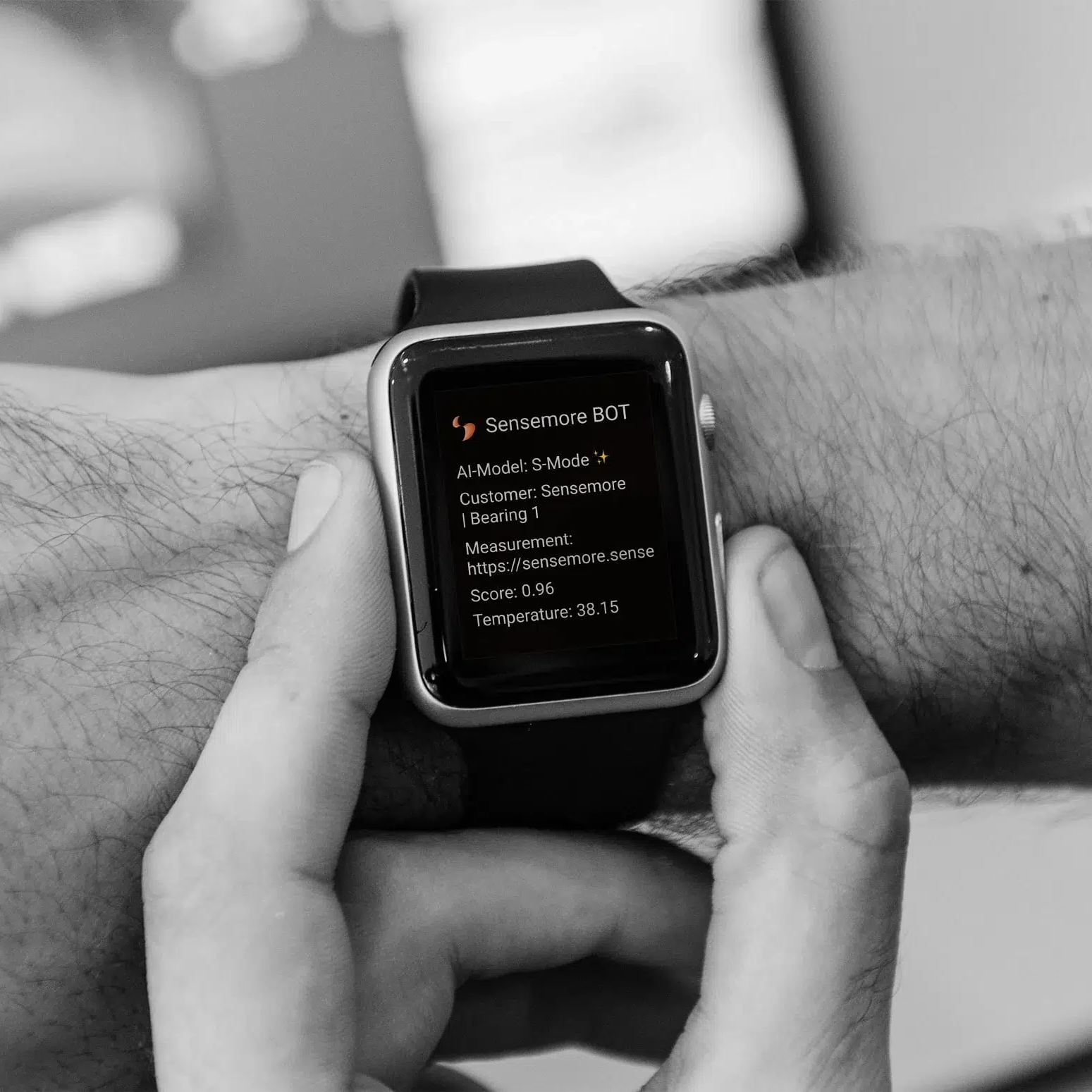Facility maintenance encompasses a comprehensive range of activities aimed at ensuring the optimal operational performance, safety, and aesthetic upkeep of buildings, infrastructure, equipment, and systems within a facility. It involves proactive measures to prevent equipment failures, reactive responses to malfunctions, and regular upkeep to extend the lifespan of assets.
The primary objective of facility maintenance is to sustain the functionality and efficiency of a facility’s physical assets to support its intended functions and operations. This includes maintaining a safe environment for occupants, minimizing downtime, optimizing energy efficiency, and preserving the value of the facility over time.
Predictive vs. Corrective Maintenance:
Predictive Maintenance:
Predictive maintenance employs data-driven techniques such as condition monitoring, sensor technology, and predictive analytics to anticipate equipment failures before they occur. By analyzing equipment performance data and identifying early warning signs of potential issues, predictive maintenance enables proactive interventions to prevent unplanned downtime and costly repairs.
Corrective Maintenance:
Corrective maintenance, also known as reactive maintenance, involves responding to equipment failures or malfunctions after they occur. This may include troubleshooting, diagnosis, repair, or replacement of faulty components to restore functionality and minimize disruptions to operations. While corrective maintenance is inherently reactive, efficient planning and response strategies can help minimize downtime and mitigate the impact on productivity.
Building Maintenance
Building maintenance specifically focuses on the upkeep, repair, and preservation of the physical structures, interior spaces, and building systems within a facility. This encompasses a wide range of tasks and responsibilities to ensure that the building remains structurally sound, aesthetically pleasing, and functional for its occupants.
Responsibilities:
Building maintenance personnel are tasked with a variety of responsibilities, including:
Conducting regular inspections to identify maintenance needs and potential issues.
Performing preventive maintenance tasks to proactively address wear and tear, such as lubricating moving parts, replacing filters, and inspecting electrical systems.
Responding to maintenance requests and emergency situations promptly, such as plumbing leaks, power outages, or HVAC failures.
Conducting repairs and renovations to address structural defects, plumbing issues, electrical faults, or other maintenance concerns.
Managing maintenance schedules, budgets, and resources efficiently to optimize the maintenance process and minimize costs.
Examples of Building Maintenance Tasks:
- Building maintenance tasks vary depending on the type of facility, its usage, and the specific needs of its occupants. Some common examples of building maintenance tasks include:
- HVAC maintenance, including cleaning, filter replacement, and system calibration.
- Plumbing repairs, such as fixing leaks, clearing clogged drains, or replacing faulty fixtures.
- Electrical maintenance, including testing and repairing circuits, replacing bulbs, and upgrading wiring.
- Painting and refurbishment to refresh interior and exterior surfaces and enhance aesthetics.
- Roofing maintenance, including inspections, repairs, and waterproofing to prevent leaks and structural damage.
- Flooring maintenance, such as cleaning, waxing, or repairing damaged tiles or floorboards.
- Pest control measures to prevent infestations and maintain a sanitary environment.
- Landscaping and grounds maintenance to keep outdoor areas clean, safe, and visually appealing.
Types of Facility Maintenance Workers
Facility Managers
Facility managers are responsible for overseeing the overall maintenance and operation of a facility. Their duties may include:
- Developing and implementing maintenance strategies, policies, and procedures.
- Managing maintenance budgets, expenditures, and resource allocation.
- Supervising maintenance staff, contractors, and vendors.
- Conducting regular inspections and audits to assess facility conditions.
- Planning and scheduling maintenance activities to minimize disruptions.
- Ensuring compliance with regulatory requirements and safety standards.
- Implementing sustainability initiatives to optimize energy efficiency and environmental performance.
Maintenance Technicians:
Maintenance technicians, also known as maintenance mechanics or engineers, are skilled tradespeople responsible for performing hands-on maintenance and repair work. Their tasks may include:
- Troubleshooting equipment malfunctions and diagnosing technical issues.
- Repairing or replacing faulty components, parts, or systems.
- Conducting preventive maintenance tasks to prevent breakdowns and prolong equipment life.
- Operating specialized tools, machinery, and diagnostic equipment.
- Collaborating with other maintenance personnel and departments to address complex issues.
- Documenting maintenance activities, work orders, and equipment history.
- Adhering to safety protocols, regulations, and best practices to minimize risks.
Other Support Staff:
In addition to facility managers and maintenance technicians, other support staff may be involved in facility maintenance operations, including:
- Janitors and cleaners: Responsible for maintaining cleanliness and sanitation within facilities.
- Landscapers and groundskeepers: Tasked with landscaping, gardening, and outdoor maintenance.
- Security personnel: Ensuring the safety and security of facilities and occupants.
- Administrative staff: Providing clerical support, scheduling, and coordination for maintenance activities.
- Specialized contractors: Engaged for specific maintenance tasks or projects requiring specialized expertise or equipment.
Recommended Blog Posts
September 4, 2023
Powerful Signal Analysis Tools for Vibration Analysis
Predictive maintenance, crucial for machinery reliability, heavily relies on vibration analysis. Techniques like FFT…
September 4, 2023
Rotating Machinery Vibration Analysis
Vibration analysis is a critical tool in various industries like manufacturing, power generation, and transportation.…
December 28, 2022
Fault Diagnostic Technique Using Machine Mode Similarity Analysis
AI can diagnose machine faults with vibration data but machine mode similarity analysis is an alternative, it uses…
September 15, 2022
Understanding Rotating Machinery Data
Machine data is generated by physical attributes and actions of machines, collected by sensors and analyzed for…
August 6, 2021
Envelope Analysis
Bearings are critical elements in rotating machines, they support radial and axial loads, and reduce friction. Real…
May 6, 2021
What is Cepstral Analysis?
Cepstral Analysis, a tool used to detect periodicity in frequency spectrum, can be useful in gearbox fault detection in…
October 9, 2020
How is Fault Detection Performed?
Vibration measurements and analysis, using multiple parameters, can identify developing problems in machinery before…
September 21, 2020
Parameter Selections in Vibration Measurement
Vibration measurements are used to determine the response of machines to forces and identify potential issues. It is…
September 4, 2020
What is Vibration Analysis?
Vibration analysis can be used to discover problems in machines and predict when they might fail. It can significantly…
Discover Our Products
Sensemore Predictive Maintenance Solution
If you enjoyed this blog, explore our Predictive Maintenance Solution page.











